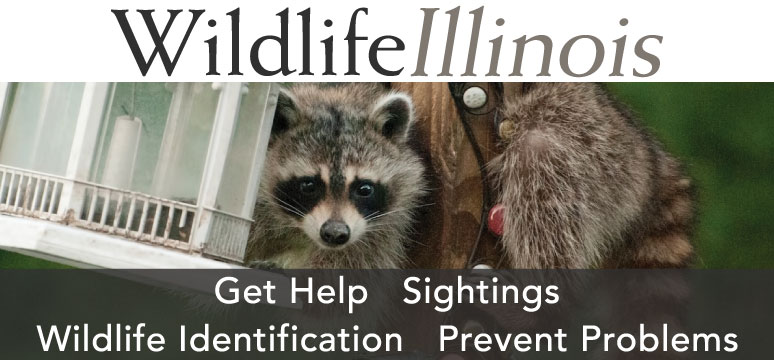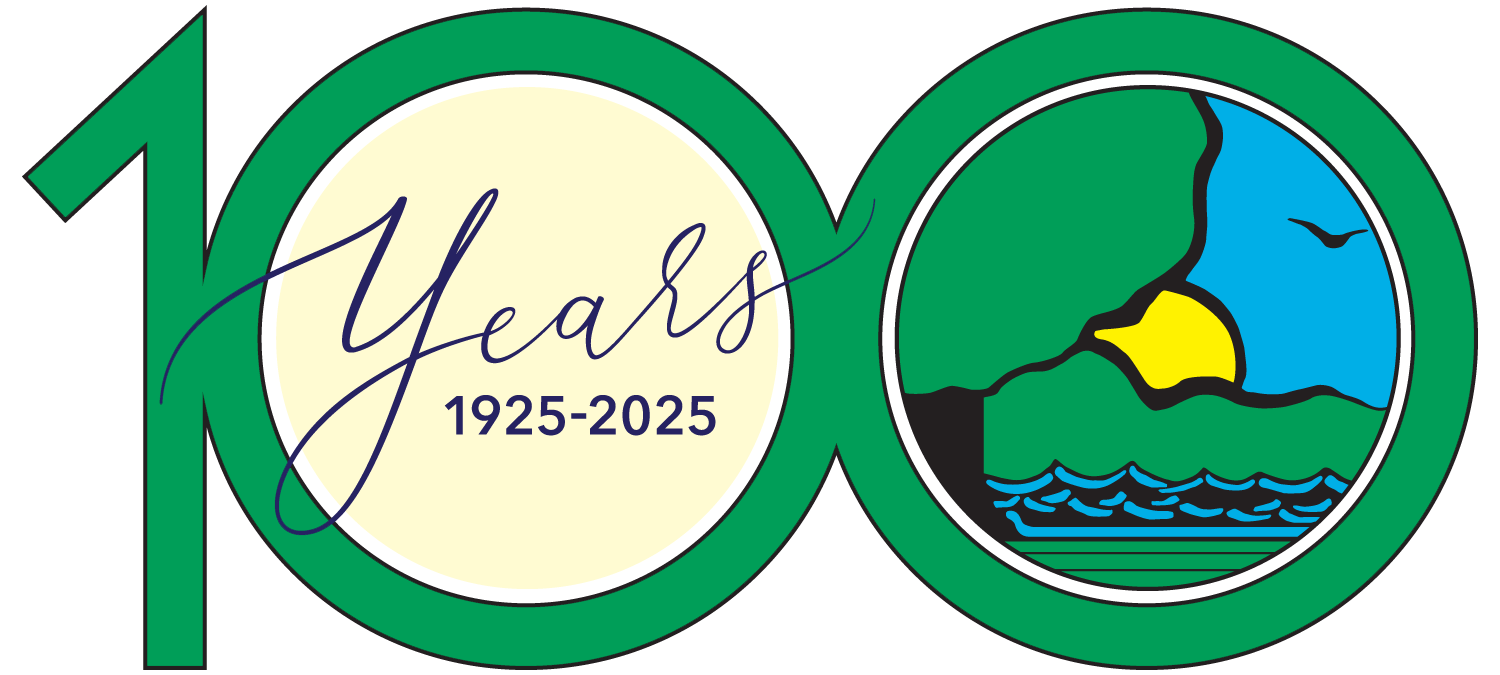
Photo by Brummeier, Pixabay.



Photo by Brummeier, Pixabay.

The cooler air and rustling of the fallen leaves mark the season for trapping. Thought of as a thing of the past, trapping and furbearer hunting are alive and well. While this topic may spark some debate, there is no doubt that without ethical trapping and hunting, over-abundant wildlife could become a problem. For many people, trapping combines a love of the outdoors while providing a much-needed service in population control for many animals that no longer have natural predators. Crops, livestock, timber and aquatic species can all be damaged by or lost to furbearers from time to time. Beaver can dam up creeks and flood crops, roads and other infrastructure. A family of river otters—frequently ranging from 7 to 11 individuals—can cause significant financial loss for fish farmers. Chickens and other fowl can be lost to coyotes and bobcats, especially when they are ‘free range’ and not properly fenced. All 14 furbearer species have harvest seasons and specific methods for lawful take that prevent them from becoming endangered or threatened because of regulated trapping. When followed, these techniques can help balance the ecology of wildlife in Illinois and also reduce human/wildlife conflict. Outside of the trapping season, or in places where hunting is not allowed, nuisance wildlife may also be removed by individuals with a nuisance wildlife removal permit.
Trapping can be driven by market fluctuation in pelt prices, fashion trends and overall consumerism. For many people, trapping is focused on local population control, but if the market reflects a financial return, then the hide can be sold to a fur buyer. Many fur buyer prices are driven by global markets and trends. Each species has a different value based on quality, location and time of season. Despite so many variables, countless trappers head out to the fields and streams to continue a tradition passed down for generations.

One easy way for people to get involved in trapping is to take a local or online trapper education course. Once you become certified in the class, consider working with a mentor for your first venture into the field. Illinois state law requires that all trappers born on or after January 1, 1998, must successfully complete the trapper education course before they can purchase their first trapping license.
Once you have freshened up on the regulations that appear in the annual Illinois Digest of Hunting and Trapping Regulations, purchased the necessary licenses and equipment, and obtained permission from the landowner, you can head to the field for some scouting. Check areas for tracks, droppings and other signs of animals. Do a little research on your species and invest in good equipment. For many, raccoon trapping is a good place to start, as is tagging along with an experienced trapper which will significantly flatten your learning curve. A beginner may consider using a live trap or dog-proof trap to start out trapping raccoons. Most of these items can be found at local farm stores. Many of them can be baited using food from a household pantry. After some success, more challenging methods can be sought for a variety of species. Trapping can be tricky until you get the hang of it. If you become successful and have a good harvest, find a reputable fur buyer and sell your hides to recover some of your investment.
Illinois Conservation Police Officers have been specially trained on the trapping methods, laws and regulations to ensure a balance between the consumer and the resource. They work with the Illinois Trapper Association to study modern and effective techniques for trapping including the Best Management Practices (BMP). BMP’s have been developed by researchers who have studied hundreds of types of traps to identify the most effective and humane traps for almost every furbearer species in North America.
If you find a trap while you are outdoors leave it alone as it is unlawful for anyone to interfere with a person legally trapping. If you know it has been placed unlawfully, take a picture or two, confirm the information with the landowner and contact the local Conservation Police Officer.
If you want to talk specifically with Sgt. Beltran he would be happy to hear from you at steven.beltran@illinois.gov or (815) 218-4165.
Steven Beltran joined the Illinois Conservation Police in 2000, retiring as a Sergeant in northwest Illinois in 2024.
Submit a question for the author
Question: What are the ethic rules of the Illinois trappers association.